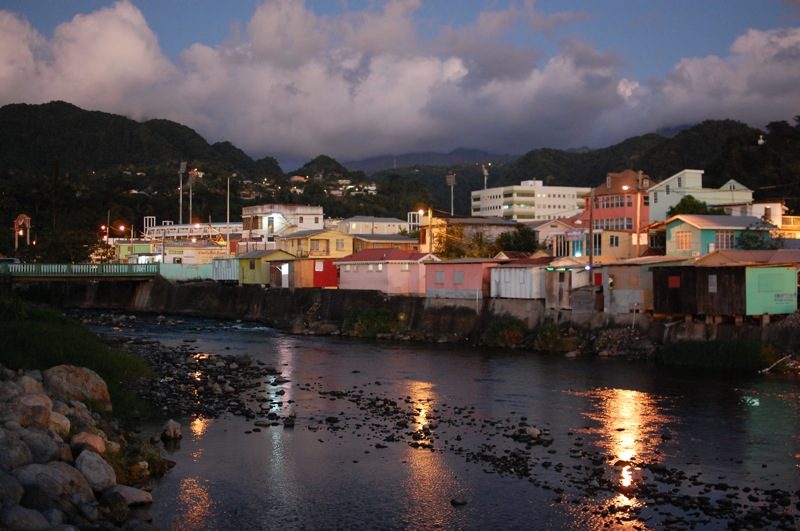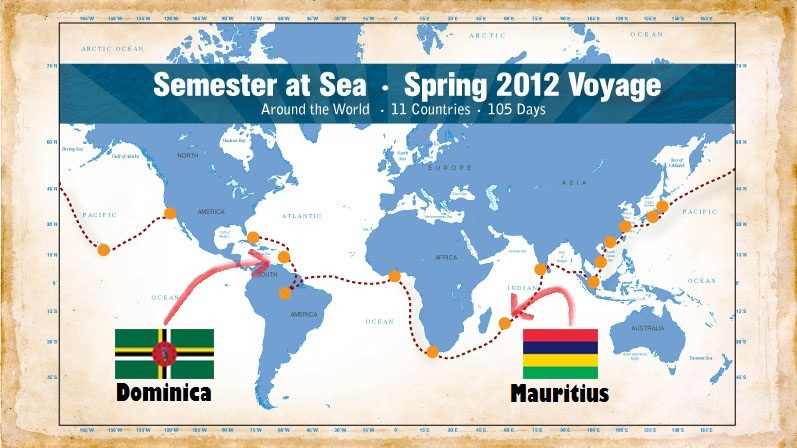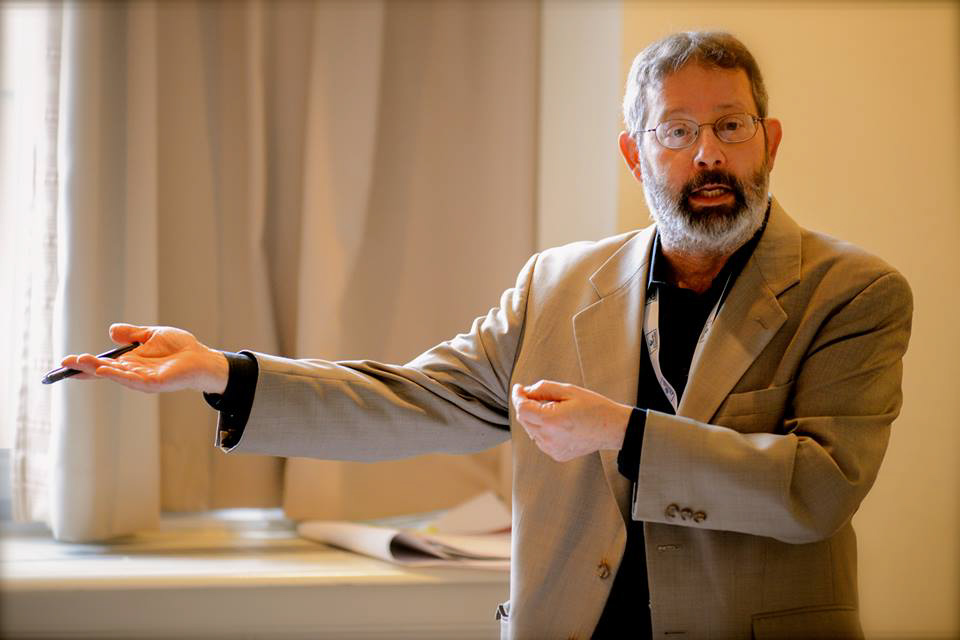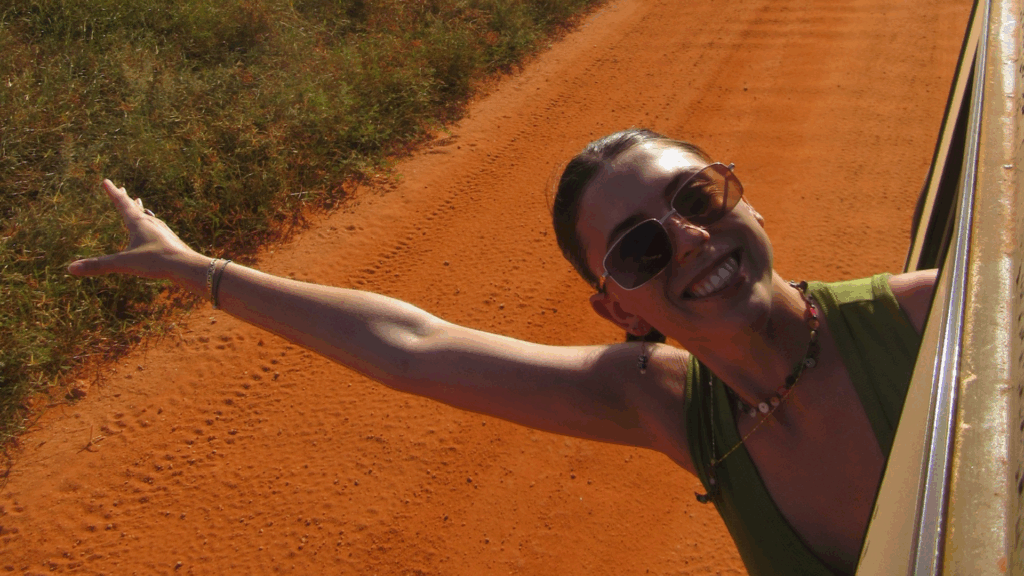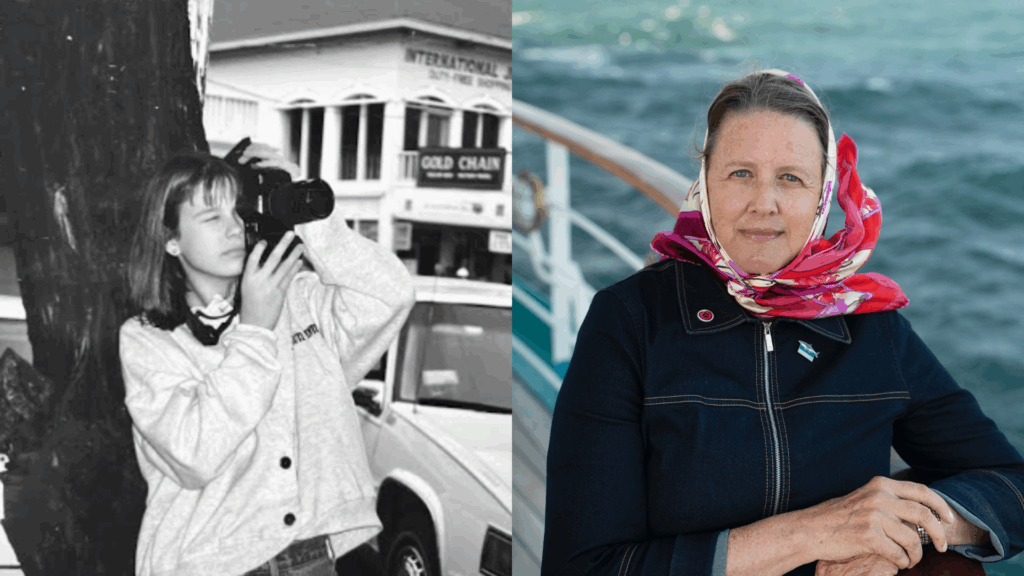Dominica and Mauritius have a few things in common. Sure, they’re both destinations on the Spring 2012 voyage, but there’s more to the story. Both are mountainous islands and snorkeling destinations, volcanically formed and culturally vibrant. Mauritius is roughly 30 miles wide, while Dominica is roughly 30 miles long. But the most amazing connection between these two seeming sister islands is their strangely similar languages. If you dropped a Dominican in Mauritius, or a Mauritian in Dominica, they could readily communicate in their native language despite being suddenly stranded in the opposite end of the hemisphere. It’s literally unbelievable.
To better understand this bizarre linguistic link, you need look no further than Dr. Armin Schwegler, this semester’s brilliant language and Spanish professor who happens to be fluent in a whopping 12 languages. Back on land, he’s a linguistics professor from UC-Irvine who specializes in Creole languages (the dialect in both Dominica and Mauritius) and is noted worldwide for cracking the code between a forgotten Cuban language and the Colombian derivative of Congolese Kikongo.
Dominica and Mauritius share the same colonial history, which led to their similar language. The French colonized both islands with an extremely diverse servant population at roughly the same time. These communities formed pidgin languages, which Schwegler describes as “an emergency language,” consisting of just the basic words needed to communicate by large populations with no common language. Oftentimes on plantations, children were raised by the pidgin-speaking servants, but the language, as Schwegler described, “was insufficient to communicate in an effective, sophisticated manner. Children born into this environment took the pidgin and amplified it within a very short period of time to make it native speech that was fully functional, and that was called Creole.”
So, at its core, pidgins lead to Creoles. Pidgin is an emergency language, while Creole is a native tongue. “Creole became so widely used in the community that plantation owners even adopted it as a way of communicating, including within their own family,” Schwegler stated.
Languages are constantly evolving, but the French language arrived in both Dominica and Mauritius at roughly the same time. “Dominicans and Mauritians can communicate with each other because the vocabulary is uniformly French, and roughly the same type of French got to these places at the same time,” Schwegler concluded.
Students in Schwegler’s Languages of the World class are used to these fascinating facts and enigmatic connections as they sail around the world. In each country, students are required to learn several new words simply by speaking with locals, then bring their findings back to the classroom. Anyone who’s ever learned a foreign language knows that experiencing it is by far the best way to understand a language. Semester at Sea continually gives students the opportunity to experience new languages in each of the ports we visit around the world.
Click here to read Armin Schwegler’s bio.

